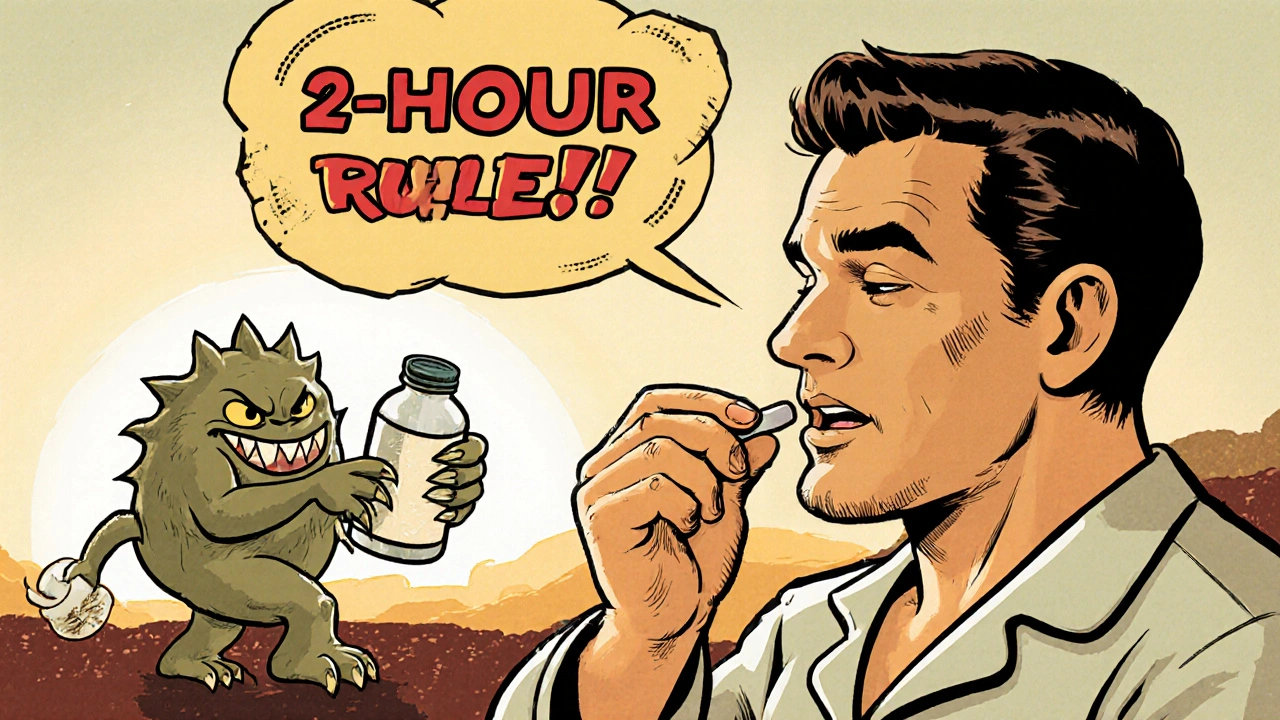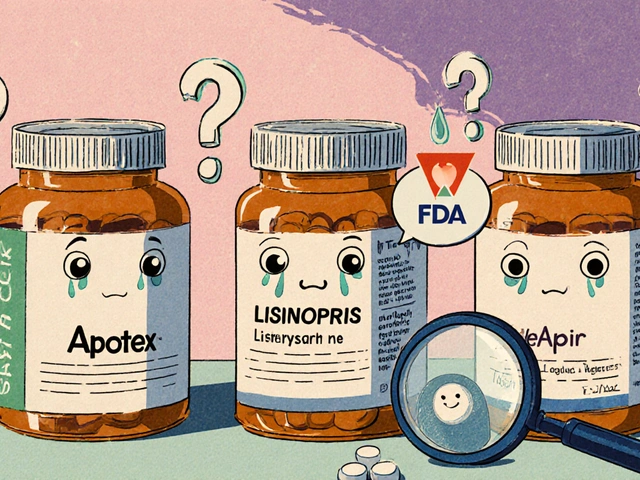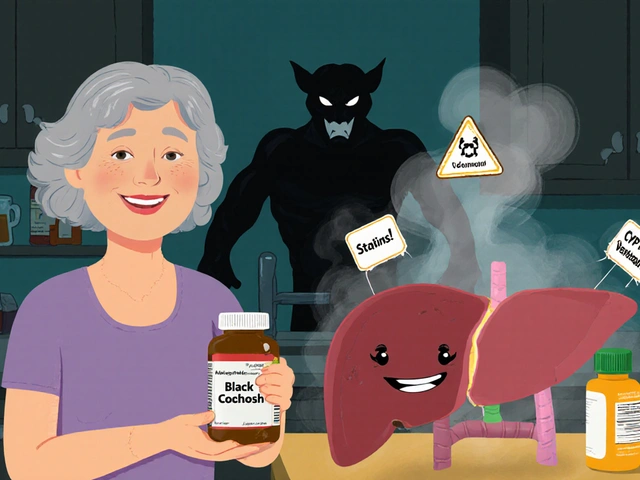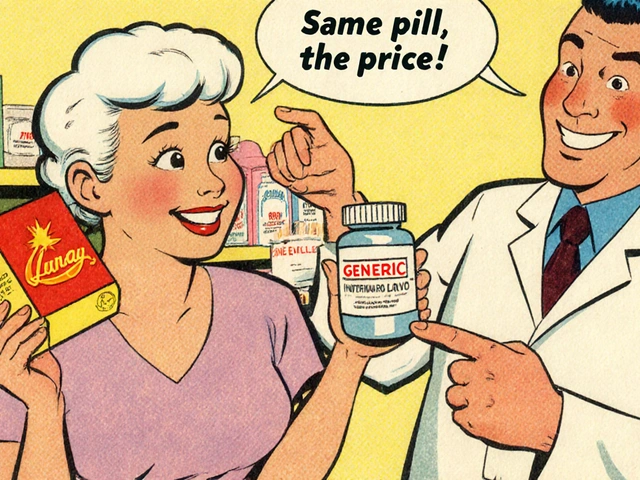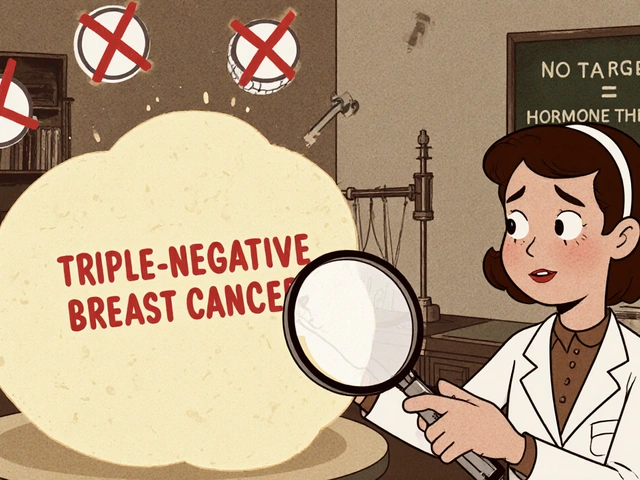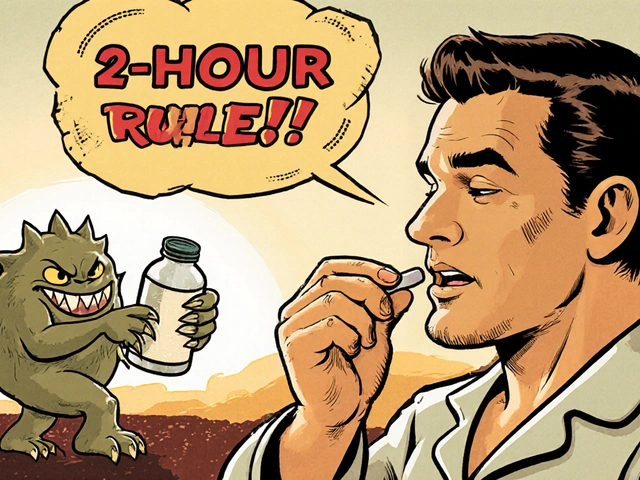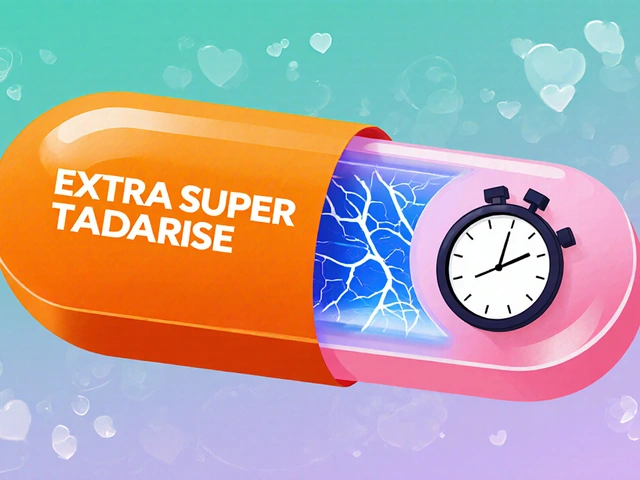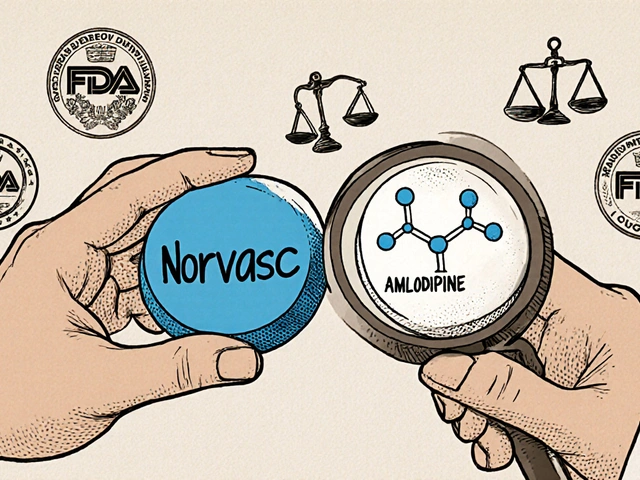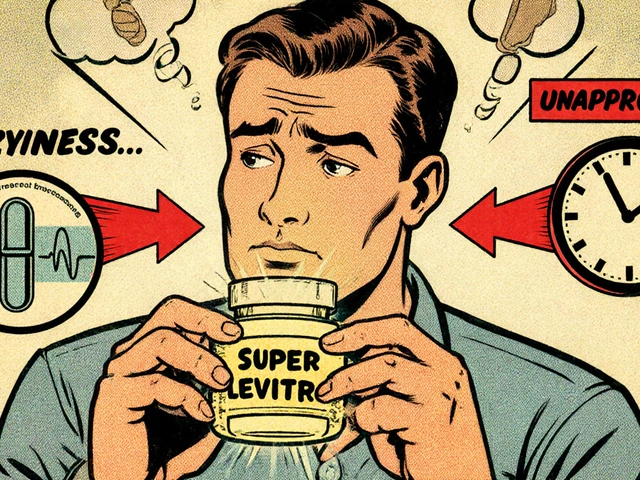If you're taking magnesium supplements and osteoporosis meds like Fosamax or Boniva, you could be quietly sabotaging your treatment - and you might not even know it. The problem isn't that magnesium is bad for your bones. In fact, it's essential. But when you take it at the wrong time with your osteoporosis pill, it turns into a silent thief, stealing the medicine’s ability to work. This isn't a myth. It's a well-documented, clinically proven interaction that affects millions of people. And the fix? Simple. Just wait two hours.
Why Magnesium and Bisphosphonates Don't Mix
Bisphosphonates - the most common oral drugs for osteoporosis - include alendronate (Fosamax), risedronate (Actonel), and ibandronate (Boniva). These drugs work by slowing down bone loss. But here's the catch: they're absorbed poorly to begin with. Under perfect conditions, only about 0.6% to 12% of the pill actually enters your bloodstream. That’s why the instructions say to take them on an empty stomach with a full glass of water, and to wait 30 minutes before eating or drinking anything else. Now add magnesium to the mix. Magnesium ions bind tightly to the phosphonate groups in bisphosphonates, forming a chemical compound your gut can’t absorb. Think of it like mixing salt into water - the salt disappears, but it’s still there, just not usable. The same thing happens here. Studies show this interaction can cut bisphosphonate absorption by 40% to 60%. That means your medication might as well be a placebo. The National Institutes of Health and the FDA both confirm this. Merck’s own clinical trials from the 1990s showed this effect clearly. And it’s not just supplements. Magnesium is in antacids like Milk of Magnesia, laxatives, and even some bottled waters. If you’re taking any of these while on a bisphosphonate, you’re likely reducing your treatment’s effectiveness.The Two-Hour Rule: What It Really Means
The standard advice across every major medical source - from the NIH to WebMD to the American Society for Bone and Mineral Research - is the same: take magnesium at least two hours before or after your bisphosphonate. Here’s how to make it work in real life:- First thing in the morning, take your bisphosphonate with 8 ounces of plain water. Don’t use juice, coffee, or milk - they interfere too.
- Wait 30 minutes. Then you can eat breakfast or drink anything else.
- Wait another 90 minutes. That’s two full hours after your bisphosphonate.
- Now it’s safe to take your magnesium supplement.
What Happens If You Ignore the Rule?
Ignoring this timing rule isn’t just a minor mistake. It’s a direct path to treatment failure. Dr. Felicia Cosman, a leading osteoporosis expert, calls non-adherence to dosing rules the “single largest preventable cause of treatment failure.” And she’s right. A 2021 study from Creighton University found that patients who followed the two-hour rule improved their bone density by 8.2% more over two years than those who didn’t. That’s the difference between staying fracture-free and breaking a hip. The National Osteoporosis Foundation estimates 10.2 million Americans have osteoporosis. Of those, 37% take magnesium supplements - and nearly a quarter of them admit they take both at the same time. That’s over a million people unknowingly wasting their medication. Real stories back this up. On Reddit’s osteoporosis community, users report fractured wrists, collapsed vertebrae, and zero improvement on bone scans - all after taking magnesium and Fosamax together for months. One woman took Maalox for heartburn while on Actonel. Her doctor couldn’t figure out why her bone density kept dropping. Turns out, the antacid had 400mg of magnesium per dose.
Hidden Sources of Magnesium You Might Be Missing
Most people know about magnesium pills. But they don’t realize how many everyday products contain it.- Antacids: Milk of Magnesia has 800mg of magnesium per 5mL. Even small doses can interfere.
- Laxatives: Many over-the-counter laxatives use magnesium citrate or oxide.
- Bottled water: San Pellegrino has 51mg per liter. Not enough to cause harm alone - but if you’re drinking it with your bisphosphonate, it adds up.
- Multivitamins: Many include magnesium. Check the label.
- Prescription drugs: Some blood pressure meds and seizure drugs contain magnesium.
How to Actually Stick to the Rule
The hardest part isn’t knowing the rule - it’s remembering it. Most people take 5 or more medications daily. Adding a two-hour gap between two of them is hard. But there are proven ways to make it work.- Use a 4-compartment pill organizer: Standard AM/PM organizers won’t cut it. You need one that separates morning, midday, afternoon, and evening doses.
- Set phone alarms: One alarm for your bisphosphonate. Another for your magnesium, two hours later.
- Use a visual timing wheel: A paper wheel with hour markers helps patients see exactly when to take each med. A 2023 study found 67% of patients stuck to the schedule with this tool - only 32% did with written instructions.
- Ask your pharmacist: They’re trained to spot these interactions. Don’t just pick up your meds - ask, “Does my magnesium interfere with my osteoporosis pill?”

What About IV Osteoporosis Drugs?
If you’re on an IV bisphosphonate like Reclast (zoledronic acid), you’re in the clear. These drugs go straight into your bloodstream. No gut absorption means no magnesium interference. You can take your magnesium anytime. But if you’re on an oral pill - alendronate, risedronate, ibandronate - the rule still applies. Even if you’ve been on it for years. Even if you feel fine. Bone loss doesn’t show symptoms until it’s too late.What’s Changing in 2025?
The medical world is waking up to this issue. The FDA now requires manufacturers to include clear “take two hours apart” warnings on bisphosphonate and magnesium supplement packaging. Full rollout is expected by 2025. Pharmacies are also updating their systems. Electronic health records like Epic and Cerner now pop up alerts when a doctor prescribes both drugs together. A 2023 study showed this cut prescribing errors by 73%. Even smarter tools are coming. Mayo Clinic tested Bluetooth-enabled pill bottles that remind you when to take each med. Users stuck to the schedule 92% of the time. And new time-release bisphosphonates are in clinical trials - ones that won’t be affected by minerals at all. But you don’t have to wait. The solution is here now. Two hours. That’s all it takes.What If You’ve Been Taking Them Together?
If you’ve been taking magnesium and your bisphosphonate at the same time, don’t panic. Stop doing it today. Start following the two-hour rule. Your bone density won’t magically bounce back overnight - but you’ll stop making things worse. Talk to your doctor about a follow-up bone scan in 12 months. If your bone density has been stable or improving since you changed your routine, you’re on the right track. If not, your doctor may consider switching you to an IV treatment or another class of osteoporosis drug. The goal isn’t perfection. It’s progress. One day of correct timing is better than none. Two weeks is better than one day. Consistency over months and years is what protects your bones.Can I take magnesium and osteoporosis medication at the same time if I eat first?
No. Eating doesn’t prevent the interaction. Bisphosphonates need an empty stomach to absorb properly, and magnesium still binds to them in the gut regardless of food. The two-hour rule applies whether you’ve eaten or not.
Is it safe to take magnesium from food while on bisphosphonates?
Yes. Magnesium from leafy greens, nuts, beans, and whole grains doesn’t interfere with bisphosphonates. The problem is concentrated doses from supplements, antacids, or laxatives. Your diet is fine - just avoid pills or liquids with added magnesium within two hours of your osteoporosis pill.
What if I forget and take them together by accident?
If you accidentally take them together, skip your magnesium dose that day. Don’t double up later. One mistake won’t ruin your treatment - but doing it regularly will. Get back on track the next day and use alarms or a pill organizer to prevent repeats.
Are all osteoporosis medications affected by magnesium?
Only oral bisphosphonates: alendronate (Fosamax), risedronate (Actonel), and ibandronate (Boniva). Other osteoporosis drugs like denosumab (Prolia), teriparatide (Forteo), or romosozumab (Evenity) aren’t affected. IV bisphosphonates like Reclast also aren’t affected. Always check with your doctor or pharmacist to confirm your specific medication.
Should I stop taking magnesium if I have osteoporosis?
No. Magnesium is vital for bone health and helps your body use calcium and vitamin D. The issue isn’t magnesium - it’s timing. Take it two hours after your bisphosphonate. You’re not choosing between bone health and magnesium. You’re learning how to have both safely.
If you’re taking both magnesium and an oral osteoporosis medication, the next time you reach for your pill bottle, pause. Check the clock. Wait two hours. That small delay could be the difference between staying strong and breaking a bone.

